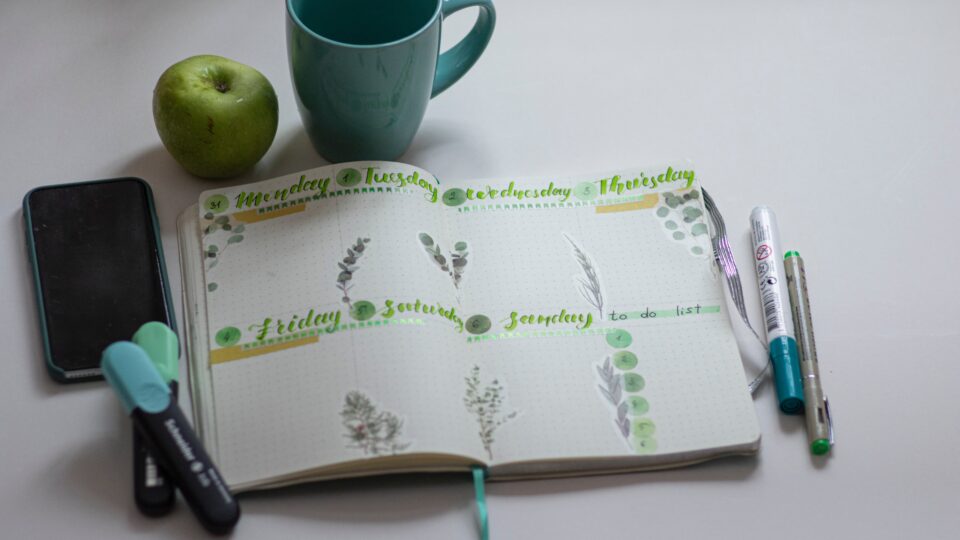I want to, but I also don’t want to…
How to recognize ambivalence – a common and normal human response to change, and what to do about it.
Ambivalence is the feeling of, “I want to, but I also don’t want to”. It’s a common human response to change, or rather, it’s a common human response to thinking about change. Typically, we experience ambivalence when we recognize that there’s a problem, but we haven’t committed to take action yet. As we weigh the pros and cons of change, we feel conflicted. Maybe fearful. Maybe uncertain. Below our conscious awareness, we are also wondering if the pain of the current problem is really that bad.
“Change happens when the pain of staying the same is greater than the pain of change”
Tony Robbins
With some structure and guidance, this stage of behaviour change can help people take action. Even if there’s no commitment to take action yet.
As a health coach, I see ambivalence as an opportunity to reframe change. With guided brainstorming sessions, we can expose blocks, reduce their power, and set the stage for future behaviour change in a sustainable way.
Brainstorming session 1: expose your fears
- When you think about changing or doing something new, what do you worry about?
- What (if any) are your concerns or questions about changing?
By bringing these underlying fears or questions into conscious awareness, we reduce their holding power. Then, challenge them with crazy questions, like these:
- “What would be BAD about changing?” If you changed, what might you have to give up or lose? How would your regular routine be disrupted? Maybe it’s not as bad as you think!
- “What might be BAD about NOT changing?” If you didn’t change, and kept going the way you’re going, what bad things could happen? What might things look like in the future (say, 2, 5, 10 years from now)? Seems very negative, I know. But the research supports this approach for behaviour change. It taps into a primitive part of the brain that processes fears, which supports the motivation toward appropriate behaviours and responses to avoid those fears.
In addition, this thought exercise might help to uncover what’s needed or missing to move into action. Support? New skills? Accountability? Knowledge? New kitchen tools?
Brainstorming session 2: all-or-none thinking
Sometimes, we are feeling conflicted because of all-or-none thinking. We think it has to be this way or no way at all. Yet, we can brainstorm creative and fun ways to move closer to a particular behaviour without completely compromising on our other values and priorities. In other words, what’s the middle ground?
For example, many people with body change goals understand the importance of diet. Yet, the thought of changing our nutrition and eating habits is often met with resistance and hesitation. “Do I really want to stop eating pizza?” Usually, the answer is no. Then, we’re stuck. We think it has to be this way or no way at all.
Given our exposure to the common and restrictive “eat less, exercise more” approach, we anticipate or project the difficulty of “this vs that”. Heck, how many of you have experienced this for yourself? I have. The antidote? Get clear on what you want to do or change. Then, get crystal clear on what you’re willing to do for that goal right now, and what you won’t do for that goal right now.
- Want/Willing/Won’t can help you move through ambivalence because it gives space for it.
- All-or-None: Take action despite all-or-none thinking by exploring your choices on a continuum (best choice vs worst choice).
- Embrace the middle ground: This or That? Best or worse? How about this: What is a slightly better and/or slightly worse choice? Find ways to integrate the two. We can avoid all-or-none thinking by embracing the middle ground.
Give space for ambivalence. Emotional responses to thinking about change provide clues. Just like your body gives biofeedback through hunger and fullness cues, so does your brain with emotions like fear and worry! Emotions are calls to action.
Let us know if these brainstorming sessions help you move through ambivalence as you contemplate your next goal.
Photo by Elena Mozhvilo on Unsplash

